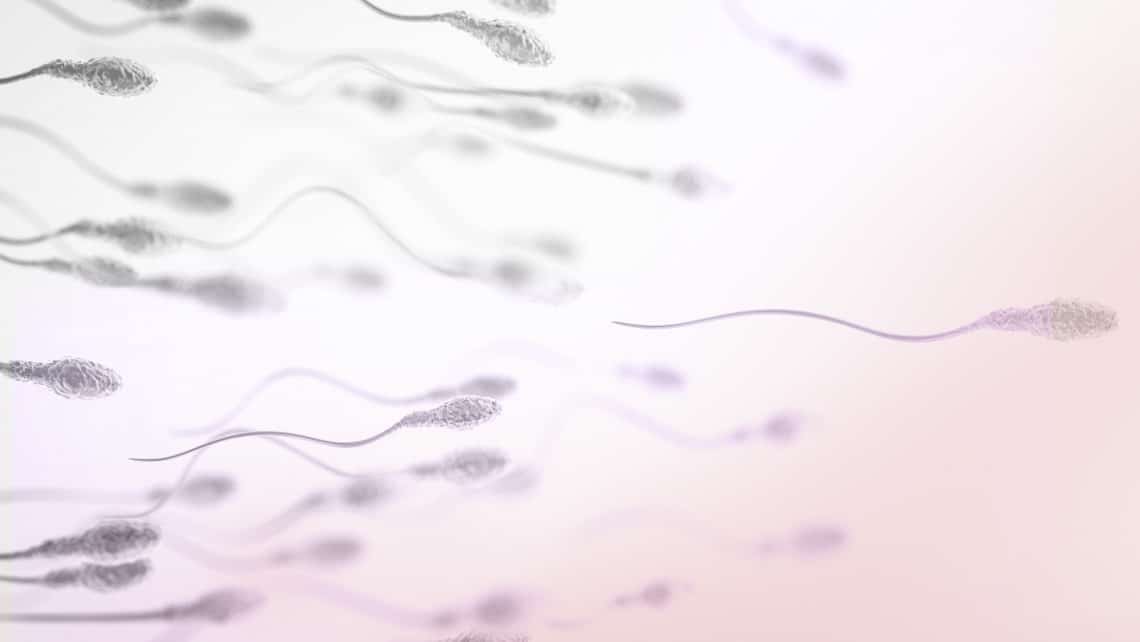
What is hypospermia? How can it be detected? How does it affect my fertility?
The World Health Organization (WHO) indicates that a man has hypospermia when the semen sample he produces when he ejaculates is below 1.5 mL. A semen analysis needs to be performed in order to obtain a diagnosis. This test measures different semen parameters such as the volume of the ejaculate, the number of spermatozoa, sperm mobility and so on.
In order to obtain as exact a diagnosis as possible, the semen sample needs to be assessed between 3 and 5 days following abstinence from sexual intercourse. A second sample or even a third sample is also recommended in order to confirm the condition. It is important to point out that frequent ejaculation (several times a day) can cause temporary hypospermia and that this is not an indication of any kind of health issue.
Hypospermia connection to other health problems
Hypospermia does not necessarily imply that a man is sterile. However, it can serve as a warning sign regarding certain reasons for sterility such as the ones indicated below:
- Partial retrograde ejaculation (some of the semen is ejected through the urethra and some is directed towards the bladder)
- Advanced patient age
- Varicocele (blocked ducts)
- Inflammation or infections in the ejaculation ducts
- Genetic diseases
- A deficit in certain hormones such as testosterone
- Unhealthy habits (smoking, poor diet and so on)
- Earlier surgery
Is there any treatment for hypospermia?
There are no courses of treatment to improve the quantity of semen in ejaculate. However, there are certain surgeries that can help when the cause is a malformation, whether this malformation be genetic or otherwise.
Hypospermia issues can be present alongside other abnormalities in semen.
- Some of the most frequent are a low concentration of spermatozoa (oligozoospermia),
- poor mobility (asthenozoospermia)
- and a low number of spermatozoa with a normal shape (teratozoospermia).
Should this be the case, assisted reproduction treatment is advised. This can include artificial insemination or in vitro fertilisation (IVF) depending on the extent of the abnormalities.
It should be highlighted that patients with hypospermia should be assessed by an urologist in order to determine what the actual cause is. If there is also a sterility issue, patients should be given guidance by reproductive medicine and even genetics experts if necessary. At Instituto Bernabeu, we have specialist Urology and Genetics and Reproduction Guidance units that successfully deal with patients with pathologies of this kind on a daily basis.
THE FOLLOWING MAY ALSO BE OF INTEREST TO YOU
